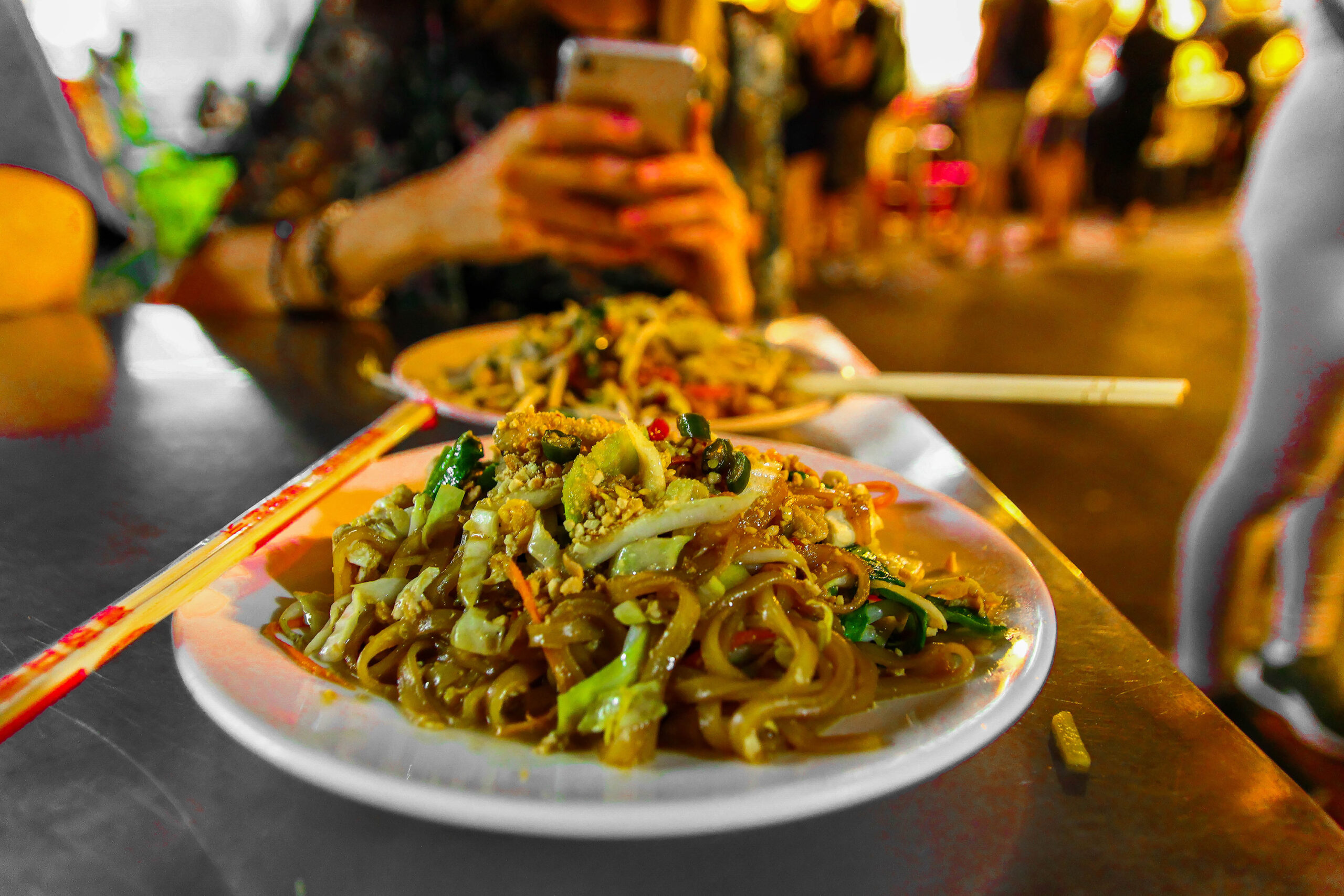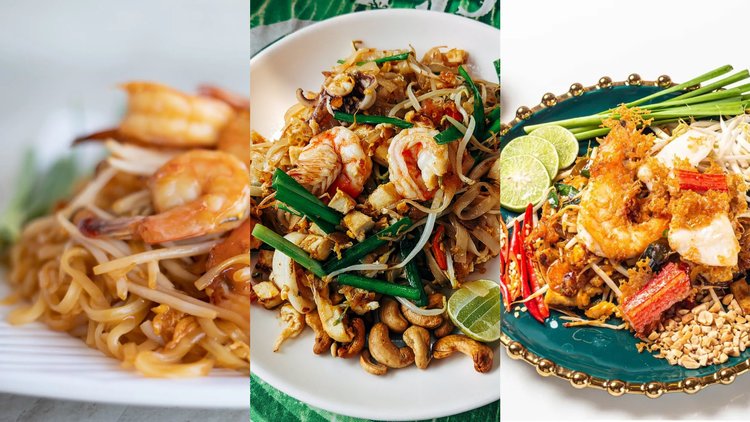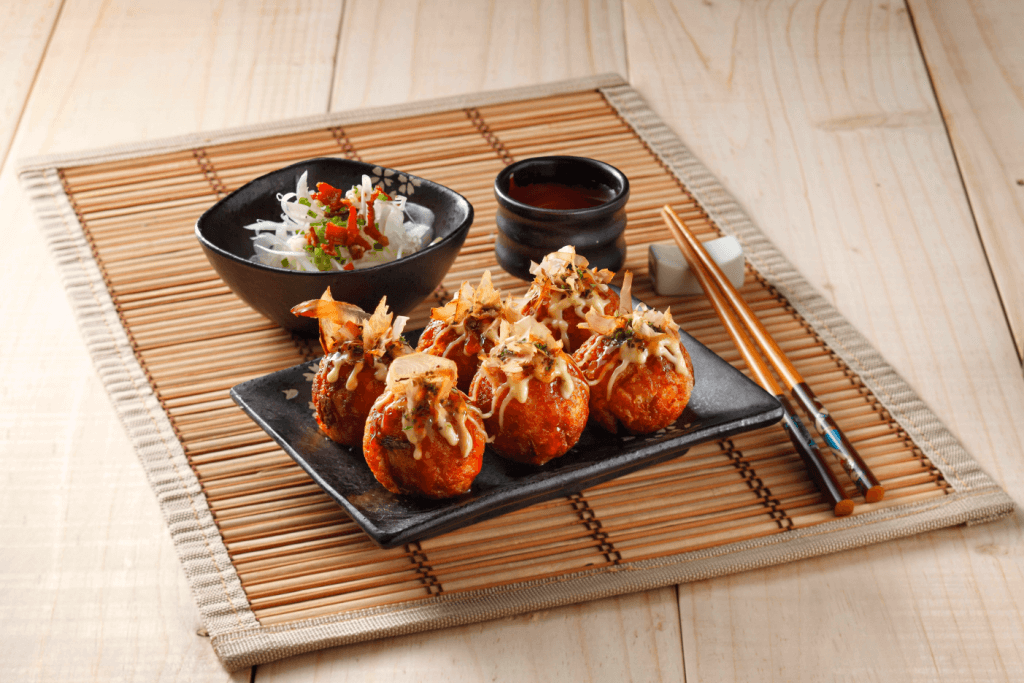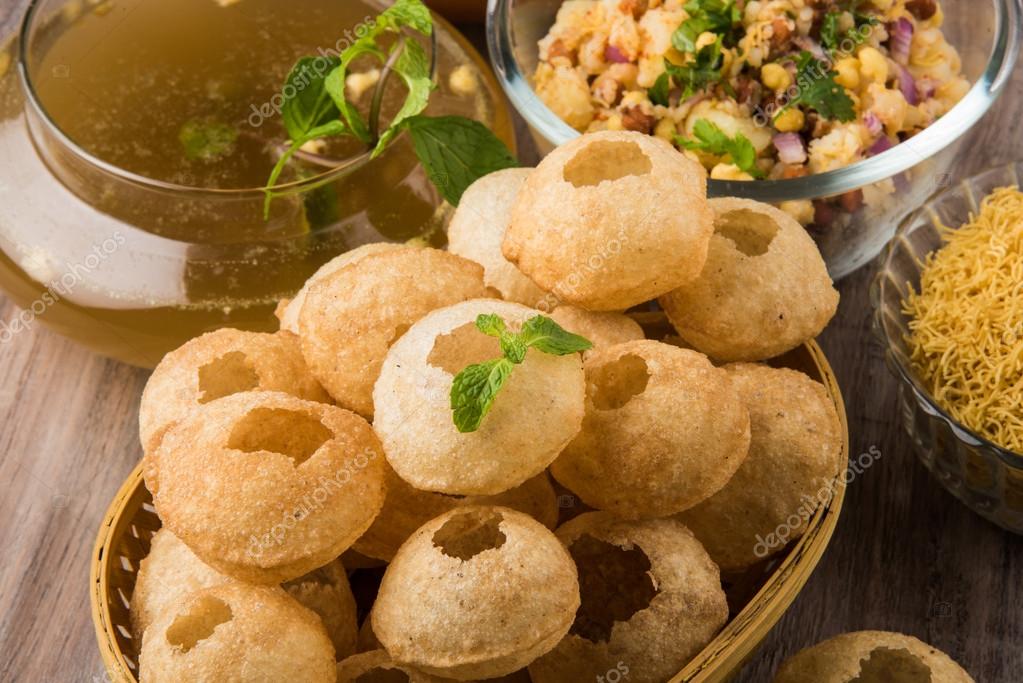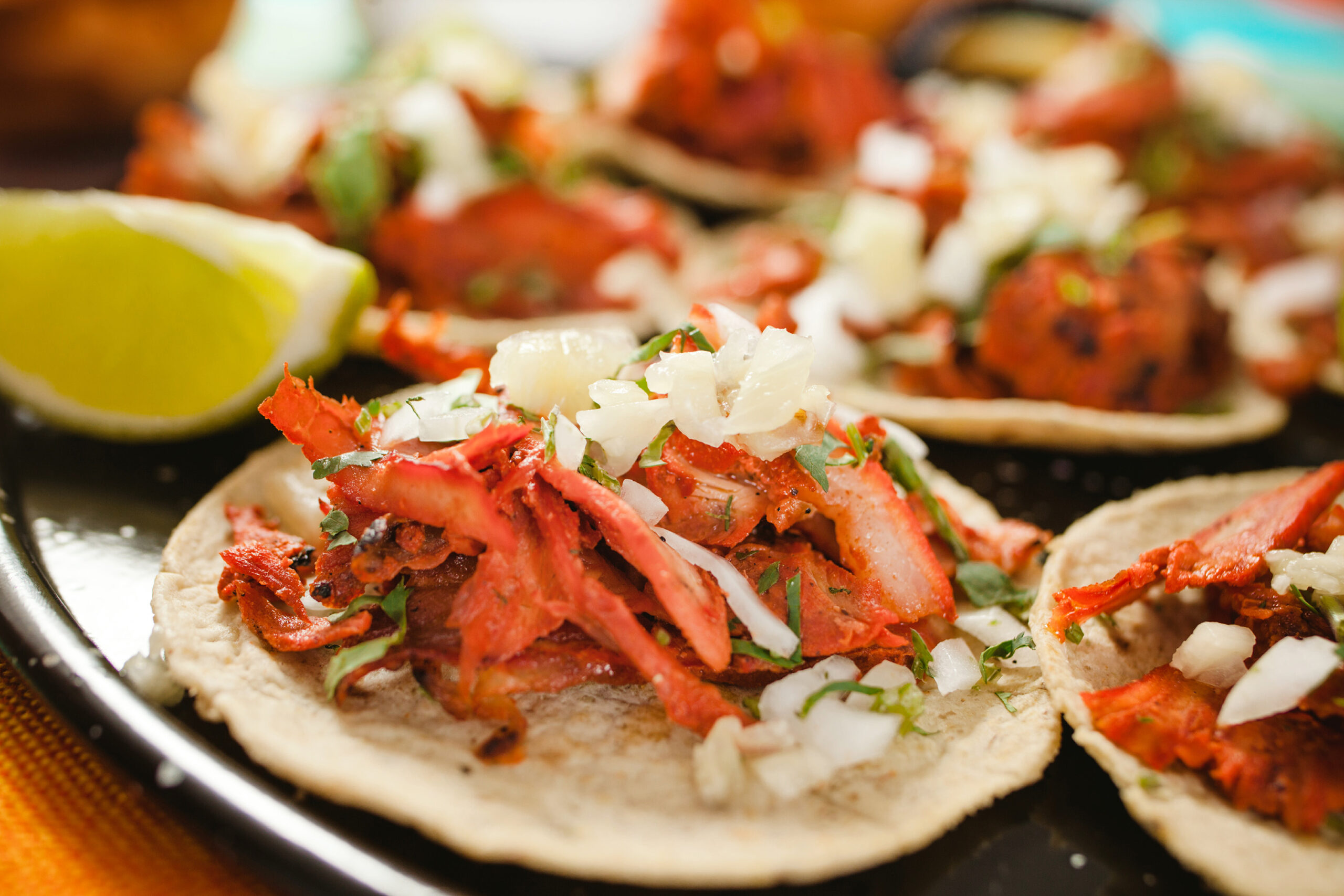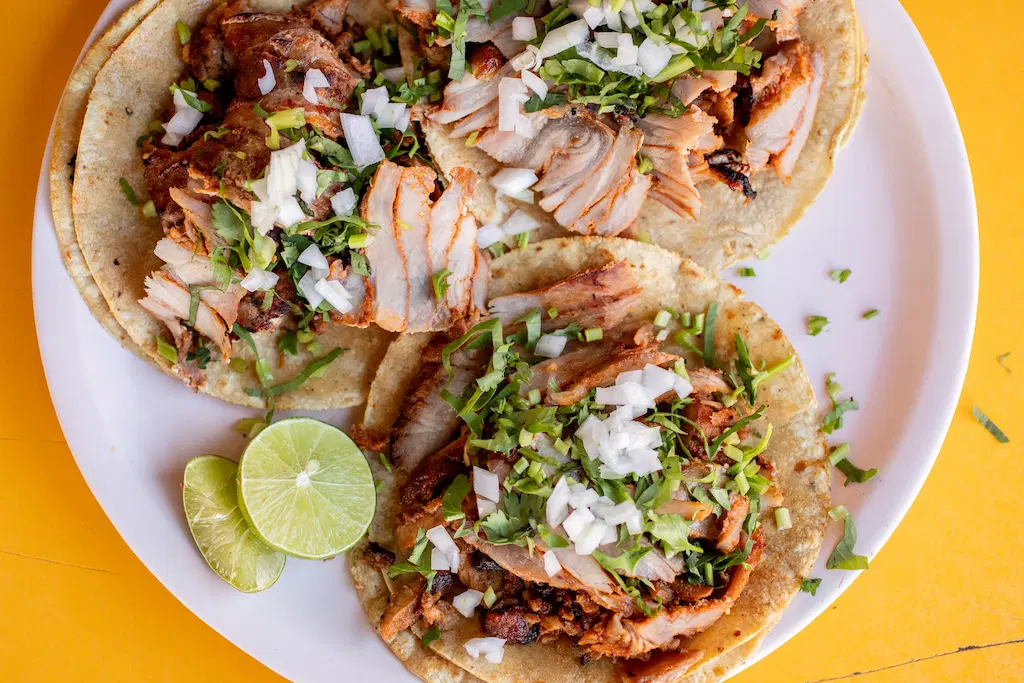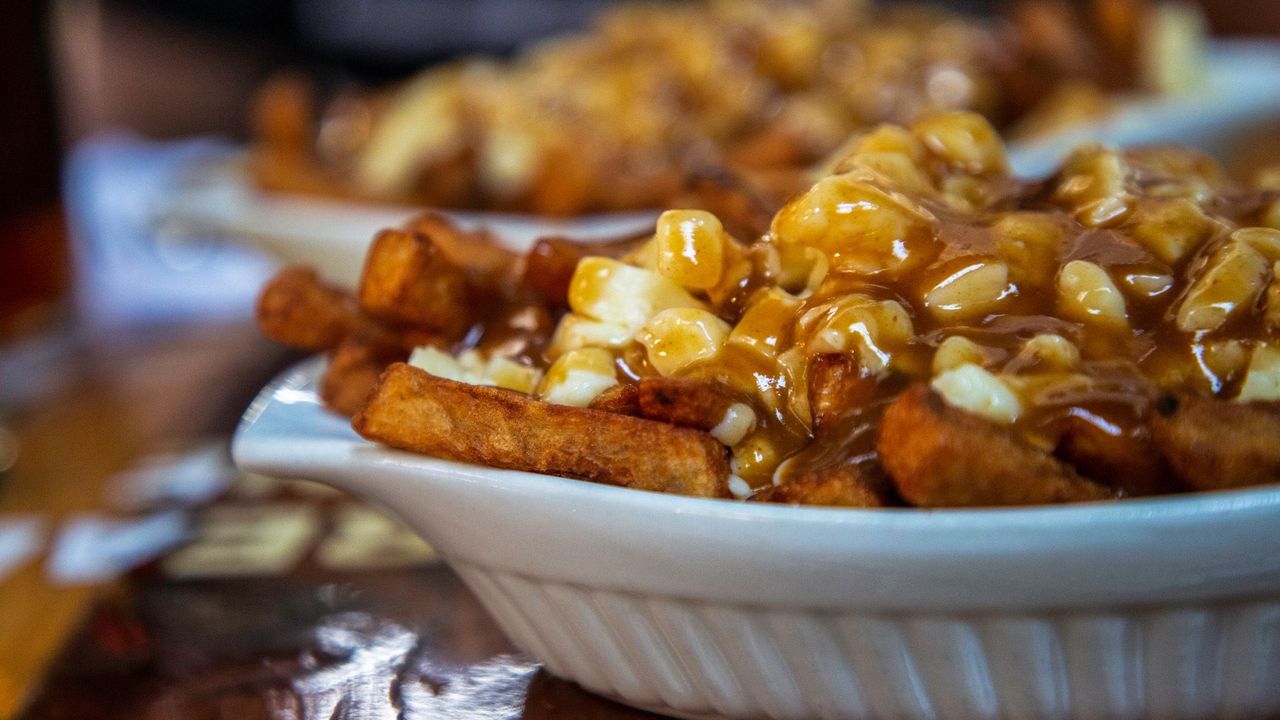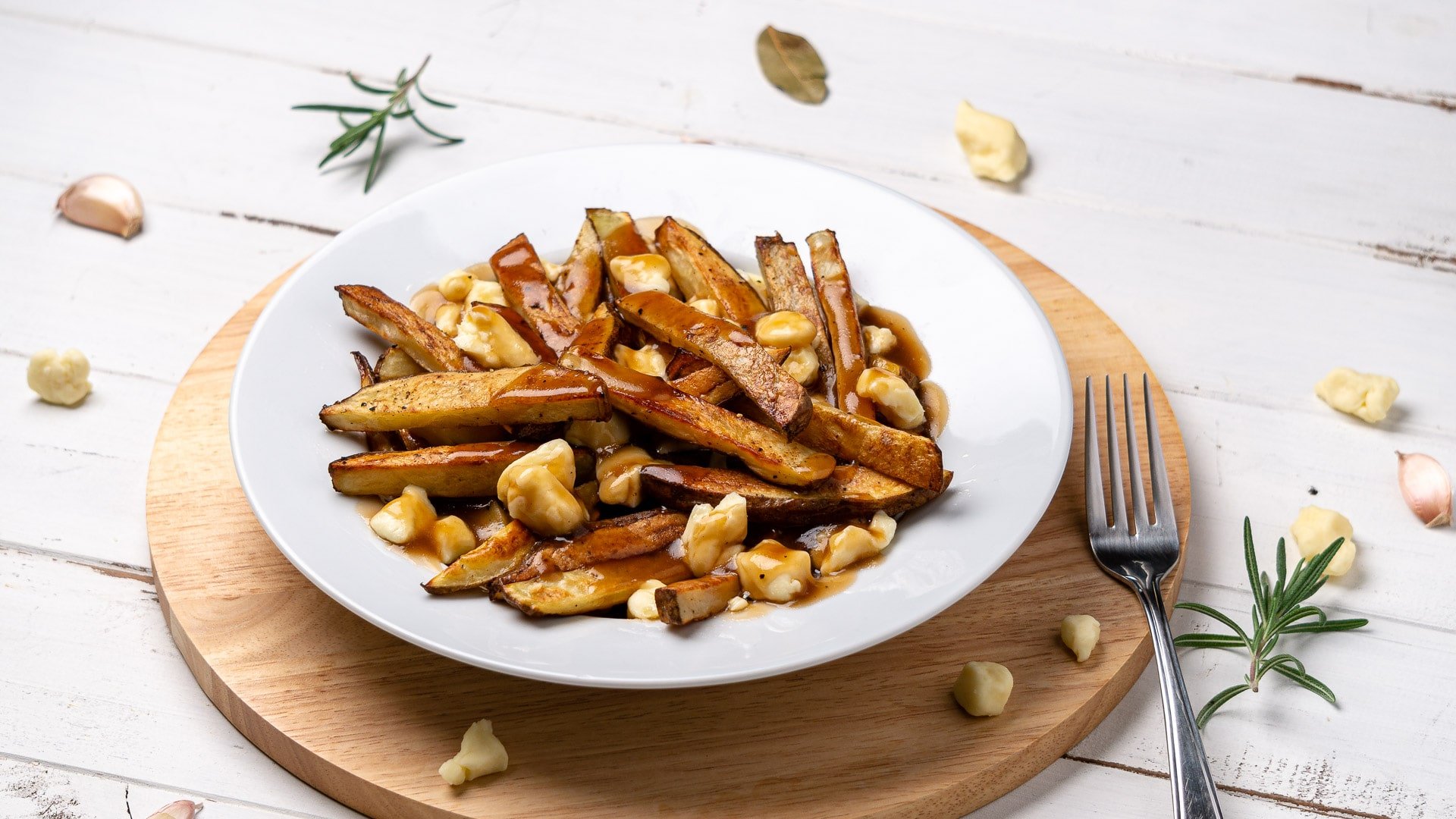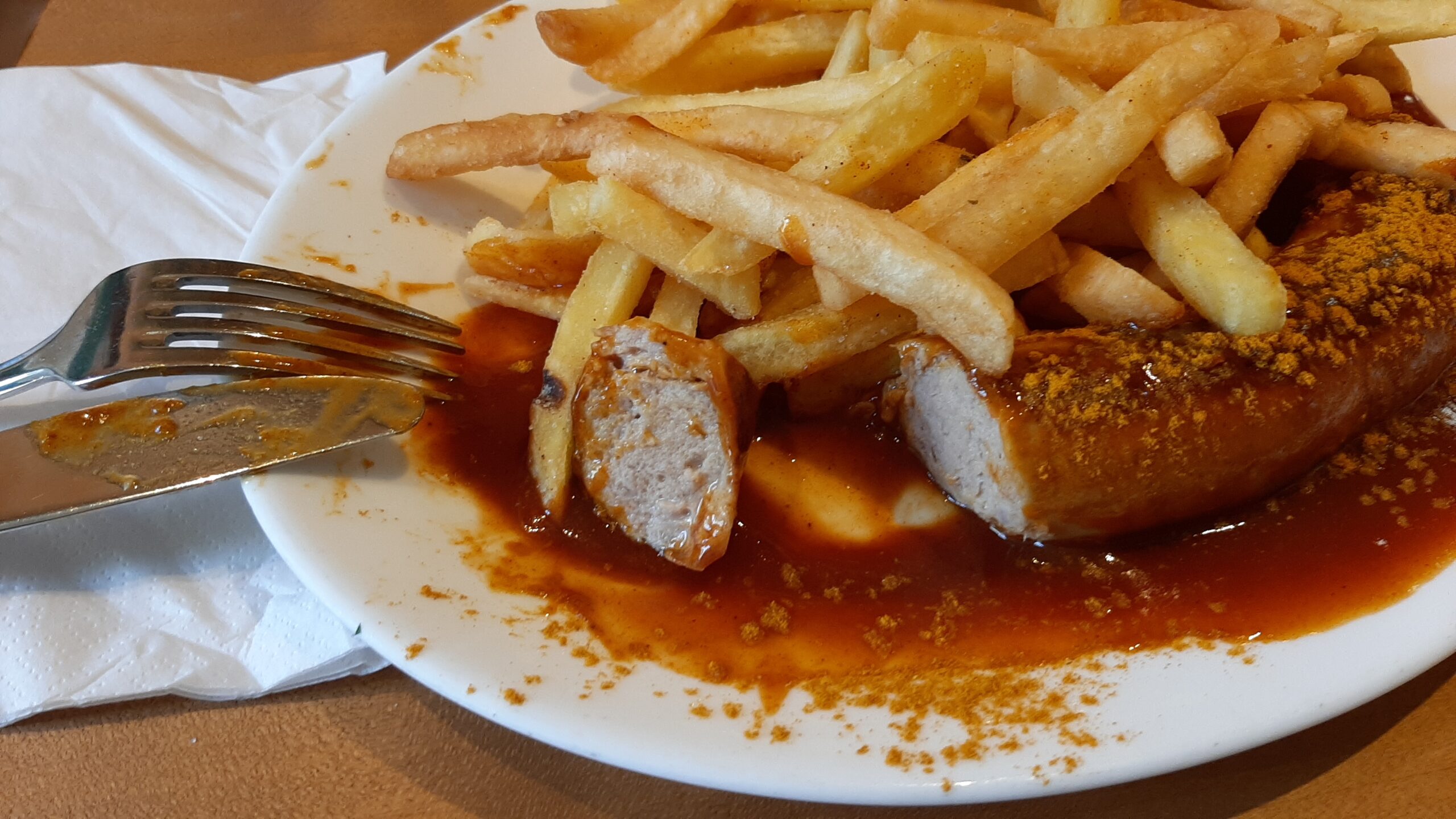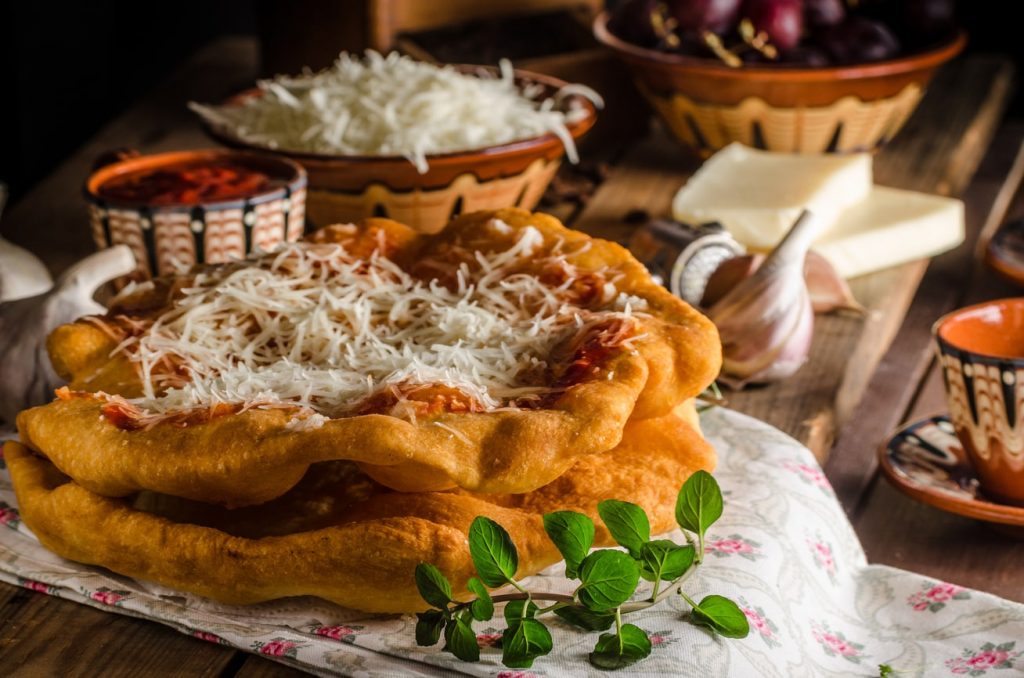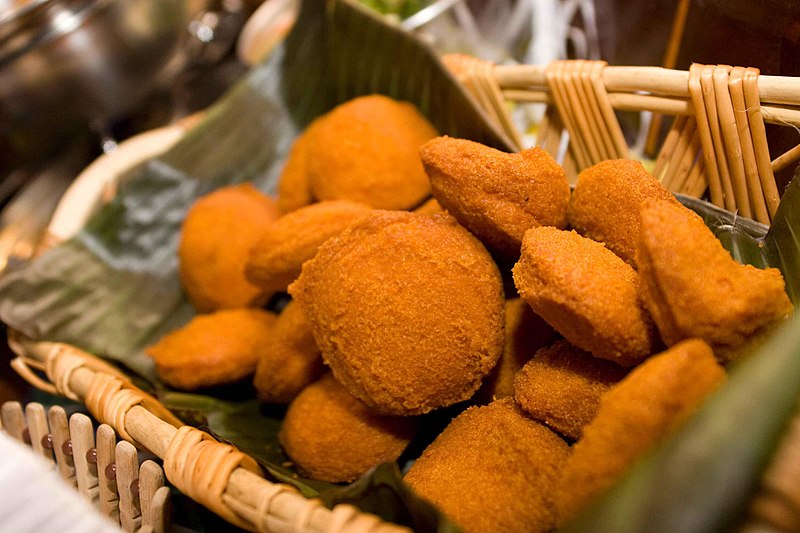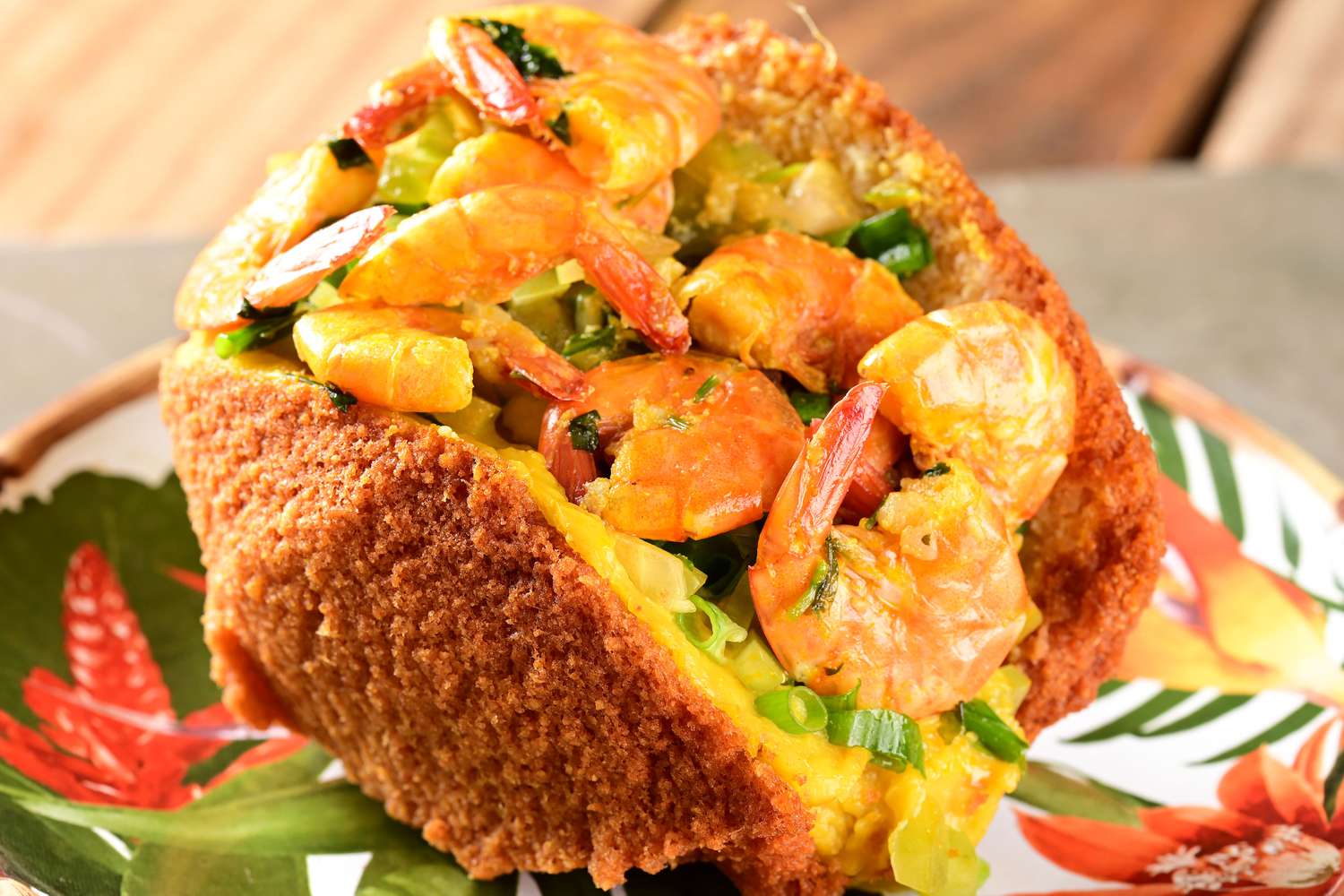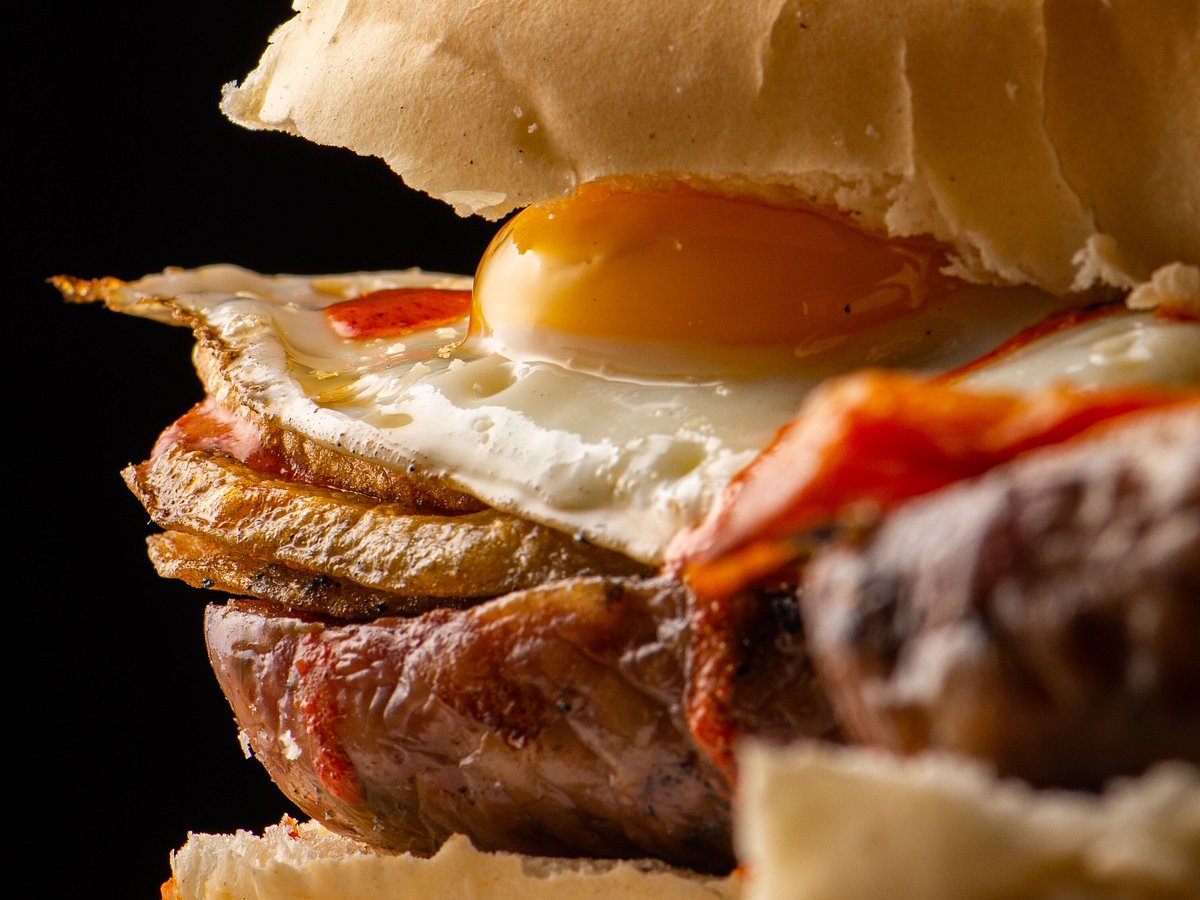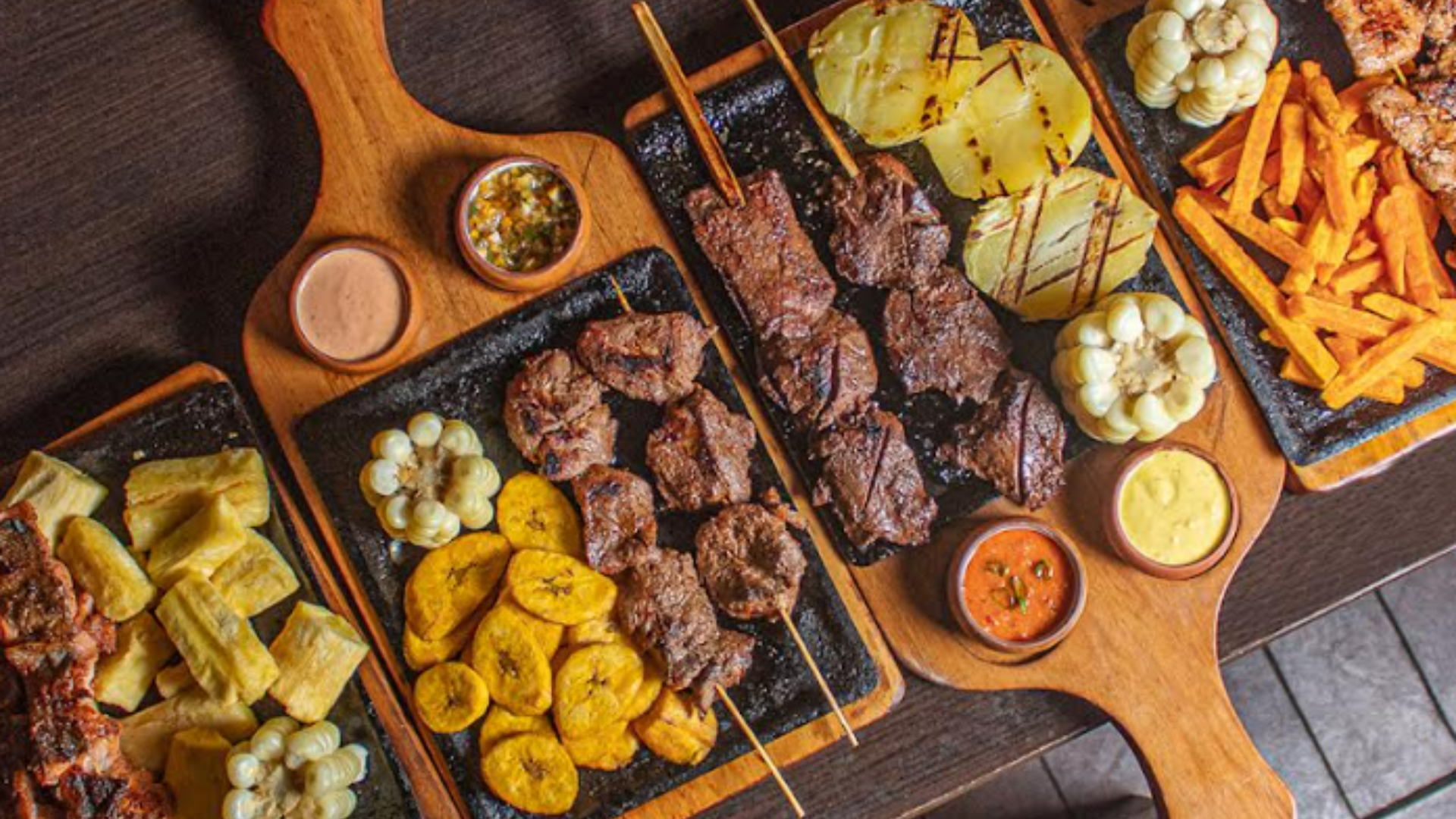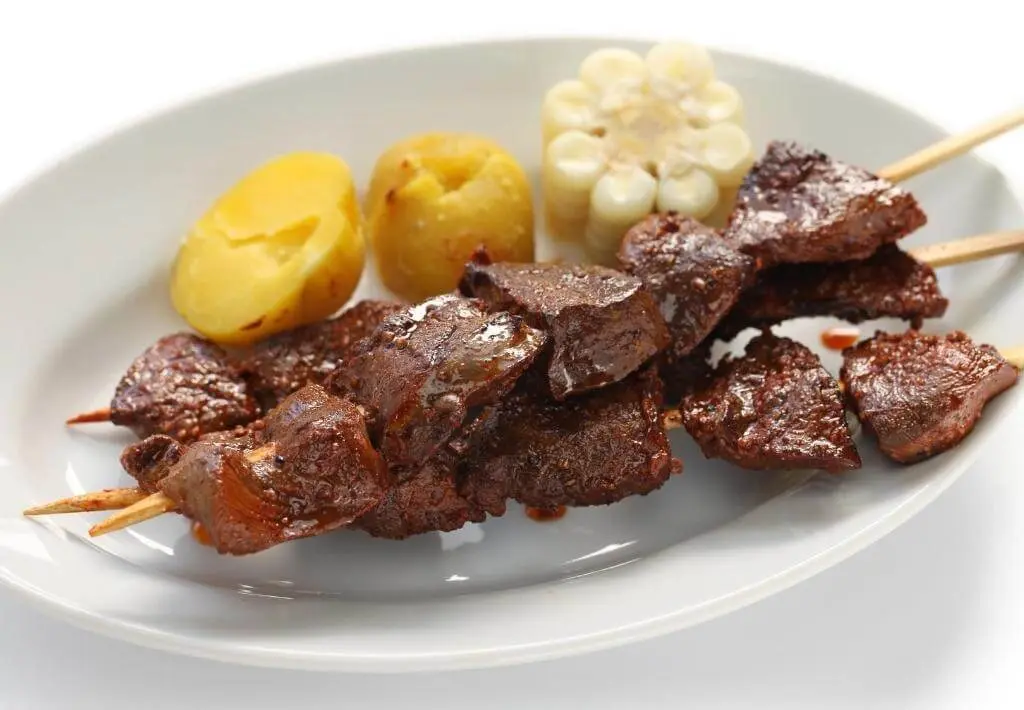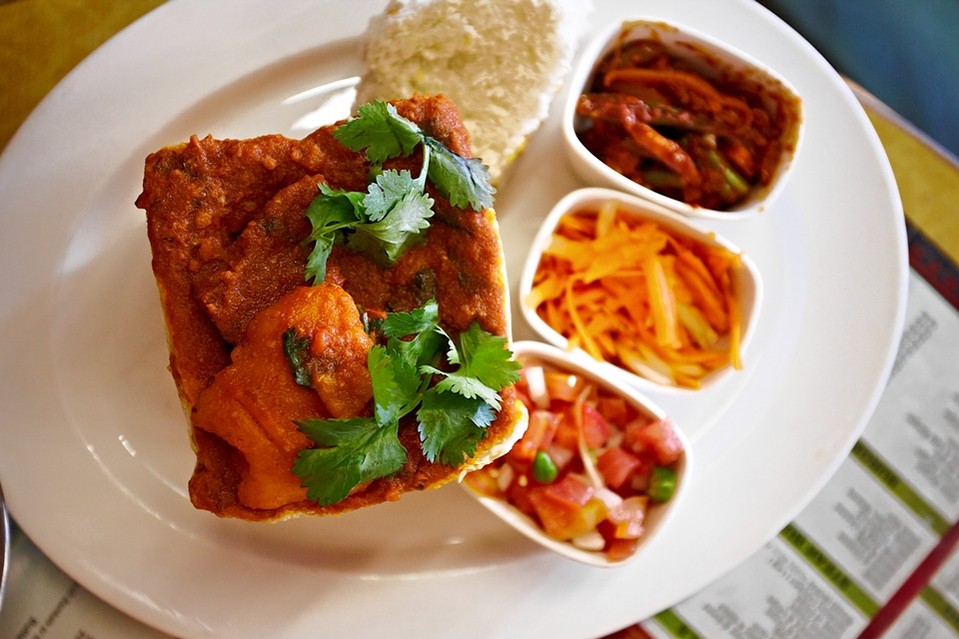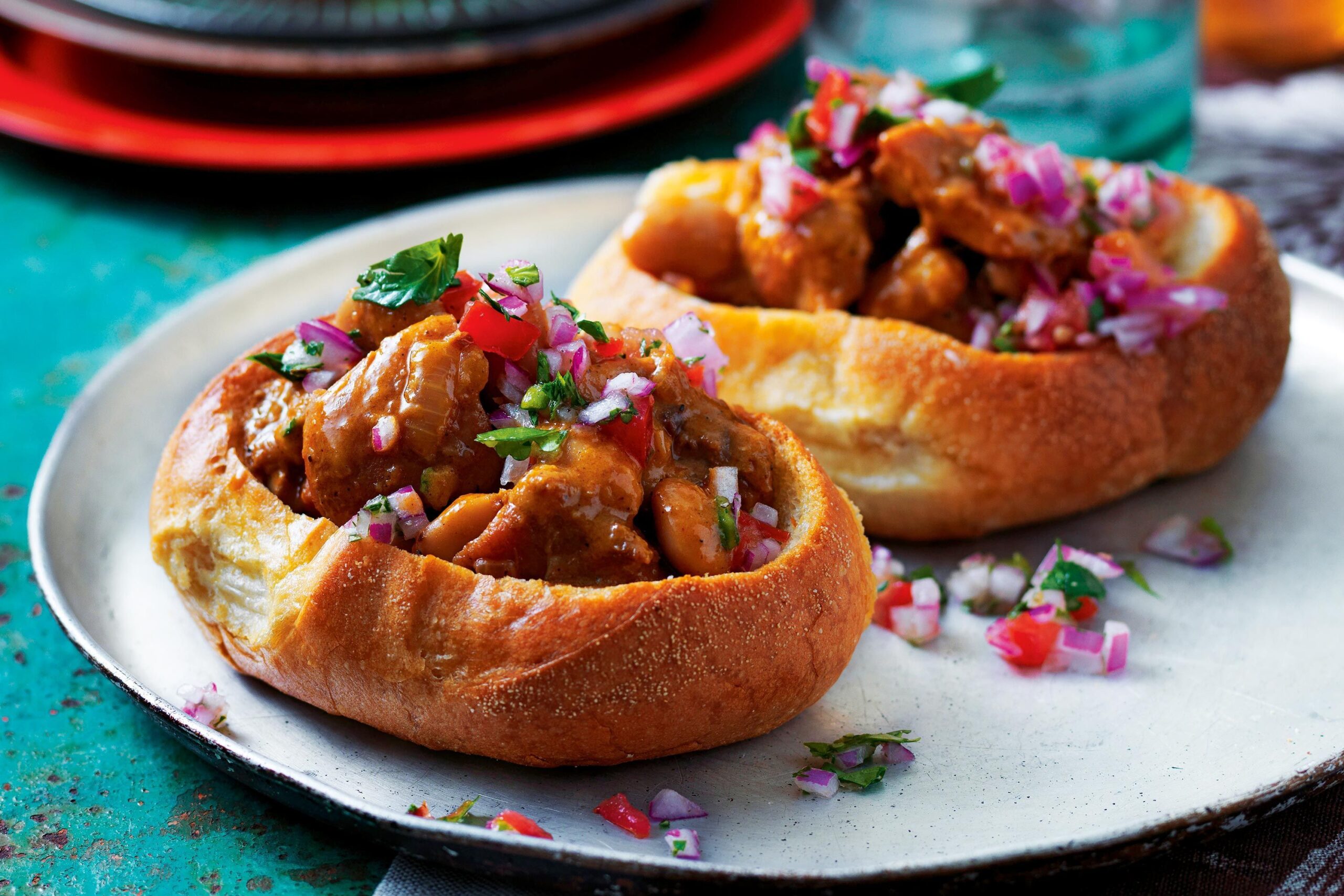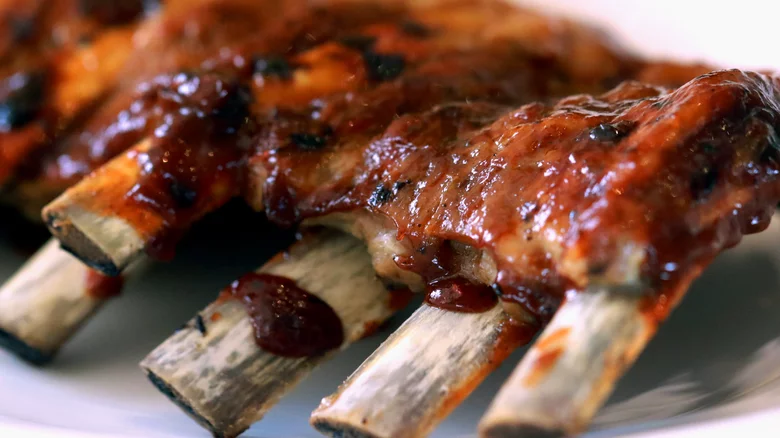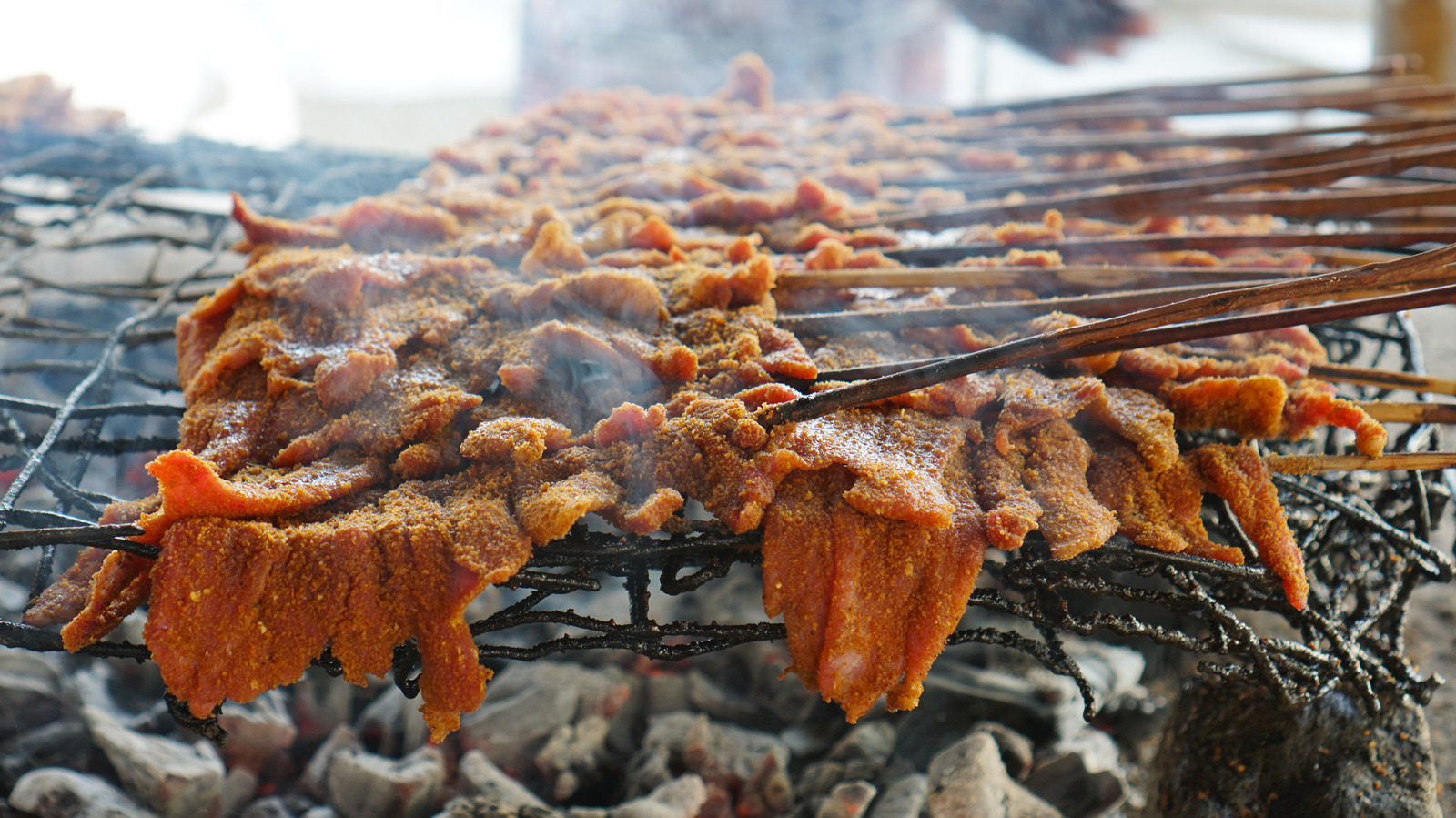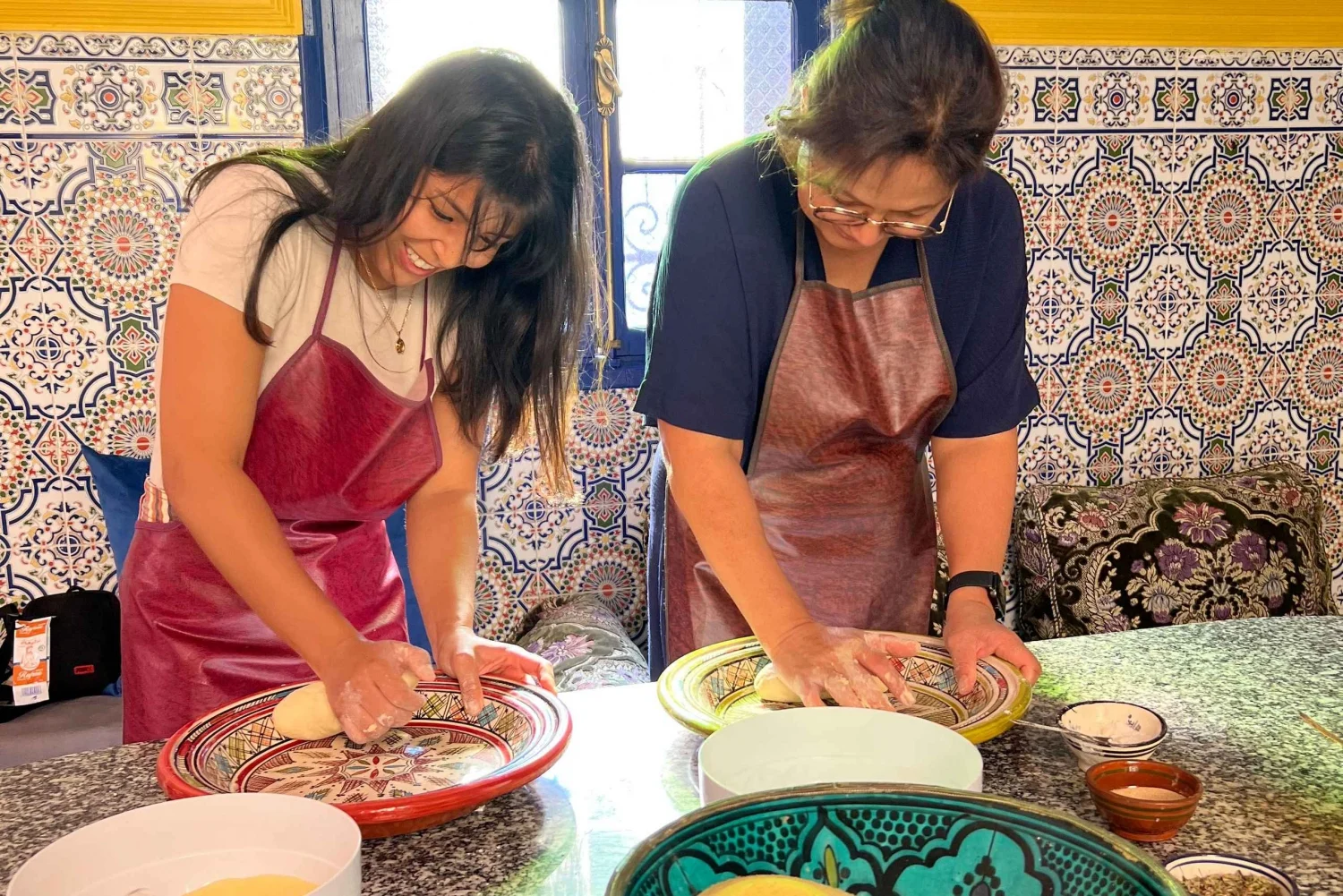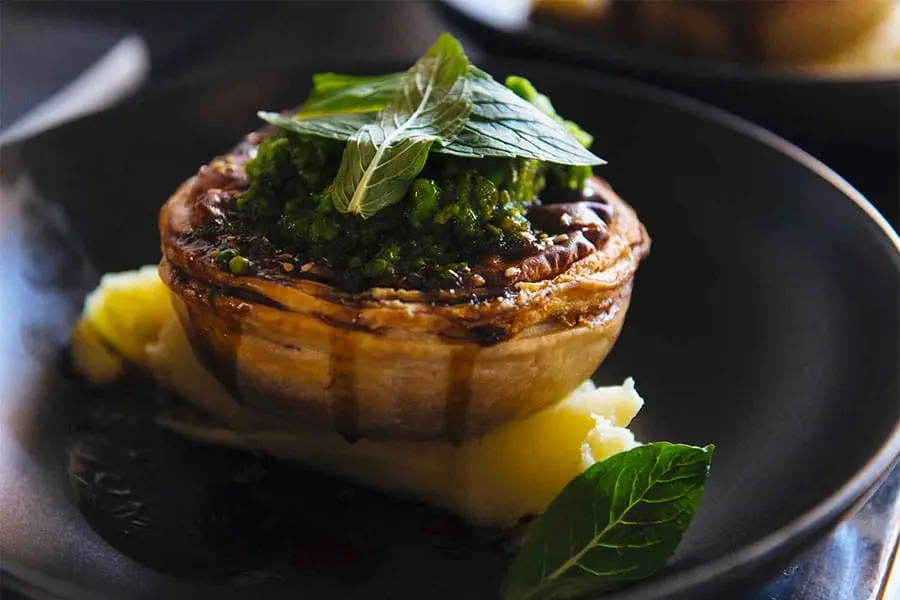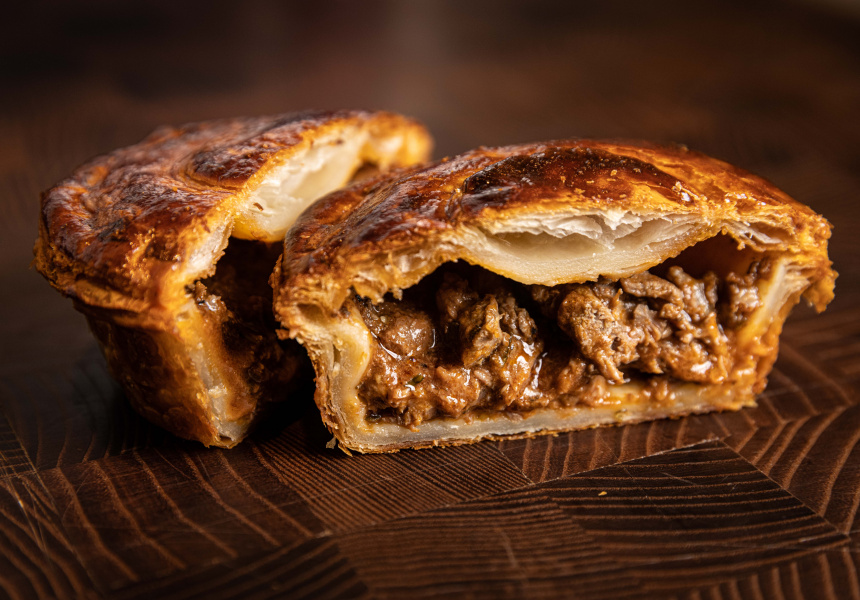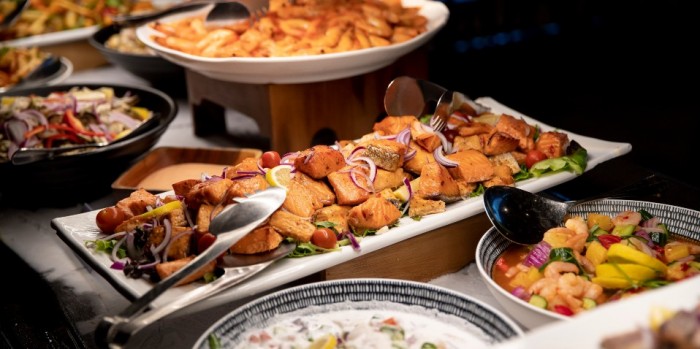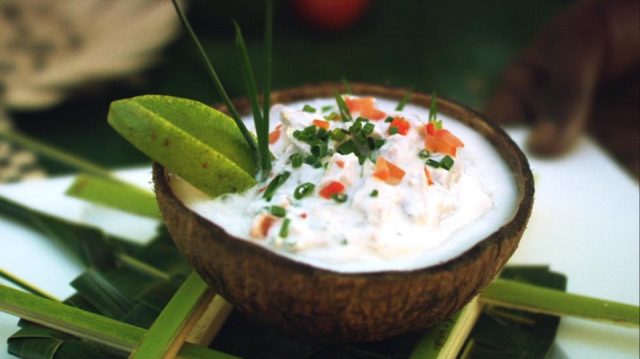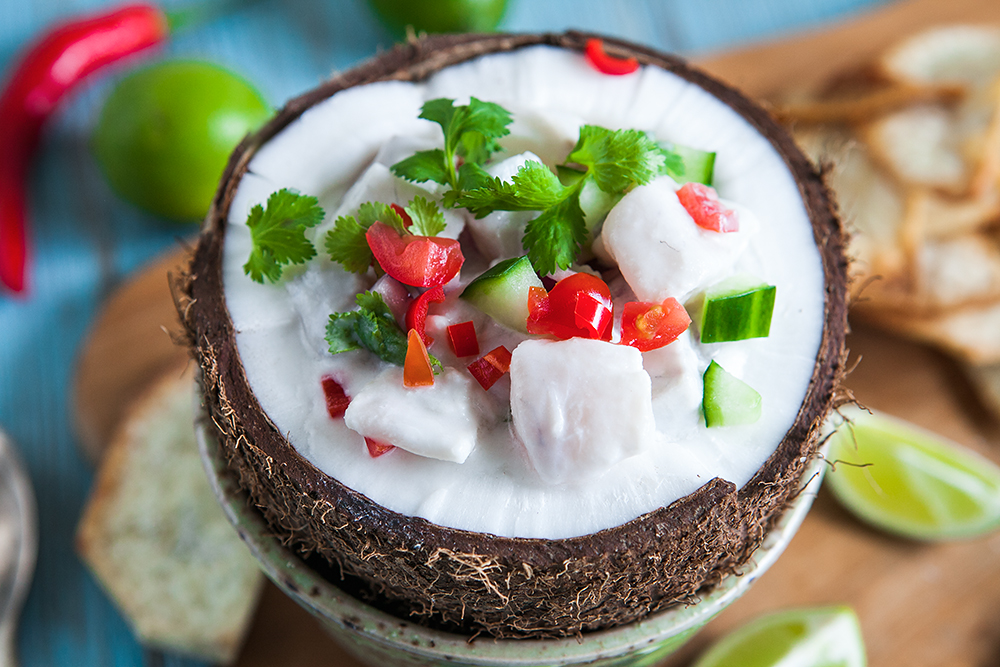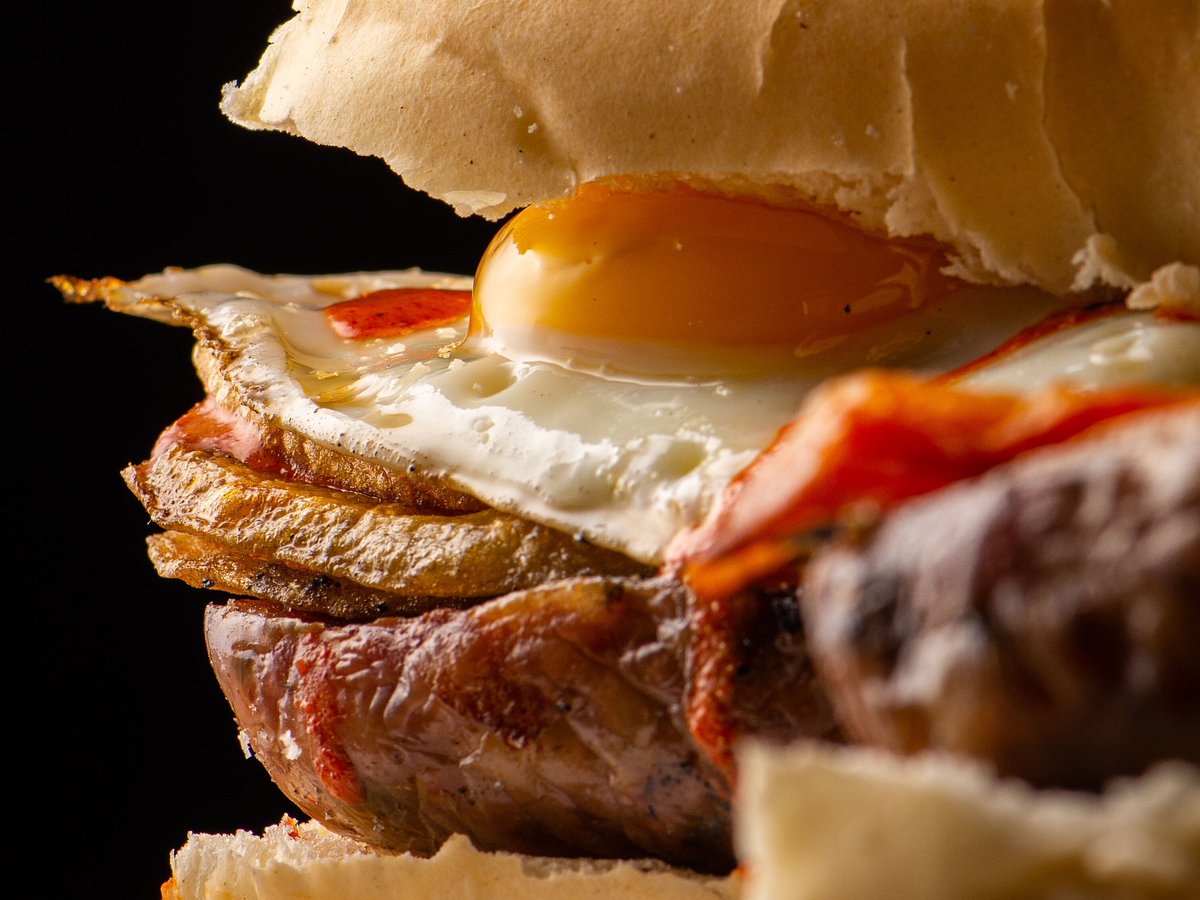🥟 Asia: A Symphony of Spices and Sizzle
Asia is a foodie( Street Foods of Every Continent) haven where vibrant night markets, strong flavors, and centuries-old cooking methods all combine to produce mouth watering cuisine.
Thailand – Pad Thai (Bangkok)
Bangkok’s most popular street food is Pad Thai, a stir-fried rice noodle dish stuffed with shrimp or chicken, eggs, tofu, and bean sprouts. It is often prepared to order in a fiery wok and garnished with crushed peanuts, lime, and chili flakes.
Japan – Takoyaki (Osaka)
Cooked in a unique shaped pan, they are round, savory balls of batter filled with pickled ginger, green onion, tempura leftovers, and octopus. These warm, umami-rich snacks are topped with takoyaki sauce and bonito flakes.
India – Pani Puri (Mumbai)
🌮 North America: Comfort with a Kick
North America’s street food scene is a fusion of global influences and local creativity.
Mexico – Tacos al Pastor (Mexico City)
Warm corn tortillas are wrapped around thin slices of pork marinated with pineapple and spices, which are shaved off a vertical spit. These smokey, meaty tacos are topped with salsa, cilantro, and onions.
United States – Hot Dogs (New York City)
Although it may appear easy, picking up a hot dog from a cart in New York City is a common experience. For the traditional experience, try it “dirty water” style with sauerkraut, ketchup, or mustard.
Canada – Poutine (Montreal)
French fries covered with thick brown gravy and cheese curds make up this comforting Quebecois dish. It’s sloppy, decadent, and ideal after a night out.
🥖 Europe: History Served Hot
European street food is rich in tradition and ideal for dining on the fly, reflecting the diversity of its countries.
Turkey – Simit (Istanbul)
Simit is a round bread covered in sesame seeds that is frequently referred to as a Turkish bagel. Breakfast staples are crispy on the surface, fluffy on the inside, and frequently paired with jam or cheese.
Germany – Currywurst (Berlin)
This recipe, a sliced bratwurst covered with curry powder and ketchup, is quick, tasty, and distinctly Berlin. Both locals and visitors enjoy this popular street cuisine, which is typically paired with fries.
Hungary – Lángos (Budapest)
While exploring a Budapest market, you should not miss the guilty pleasure of lángos, which are deep-fried flatbread covered in shredded cheese, sour cream, and garlic.
🥘 South America: Vibrant, Bold, and Addictive
Street cuisine in South America is vivid, colorful, and bursting with taste, reflecting the region’s zeal for life.
Brazil – Acarajé (Salvador)
Deep-fried balls made from black-eyed peas are sliced open and filled with spicy shrimp and vatapá, a thick sauce made from bread, shrimp, and peanuts, in this Afro-Brazilian delicacy. Heritage is just as important as flavor.
Argentina – Choripán (Buenos Aires)
Peru – Anticuchos (Lima)
🥩 Africa: Where Flame Meets Flavor
Hearty, smokey, and frequently spicy, African street cuisine is ideal for outdoor barbecues and busy marketplaces.
South Africa – Bunny Chow (Durban)
Nigeria – Suya (Lagos)
Morocco – Msemen (Marrakech)
🥥 Oceania: Fusion, Freshness, and Island Vibes
Australia – Meat Pie (Sydney)
Cooks make the traditional Australian meat pie with minced beef, gravy, and sometimes cheese or onions. It’s comfort food in a portable crust that tastes best with a little tomato sauce.
New Zealand – Hāngi (Rotorua)
Hāngi is a Maori technique of cooking meat and vegetables in an underground oven, more of a traditional feast than fast street food. It is available at markets and cultural festivals, providing tourists with a genuine experience of indigenous customs.
Fiji – Kokoda
🌍 Antarctica: The Wild Card
Tips for Trying Street Food Safely
Pay attention to the locals: A big line usually means that the cuisine is good and safe.
Show consideration by not filming or photographing vendors without their permission.
Final Thoughts
Street Foods of Every Continent is a voyage into a place’s essence, not just a short snack. These meals, whether you’re eating takoyaki in Osaka, choripán in Buenos Aires, or bunny chow in Durban, tell tales of heritage, culture, migration, and survival.
So, grab your fork (or just your fingers), follow your nose, and let the streets of the world feed your wanderlust.
